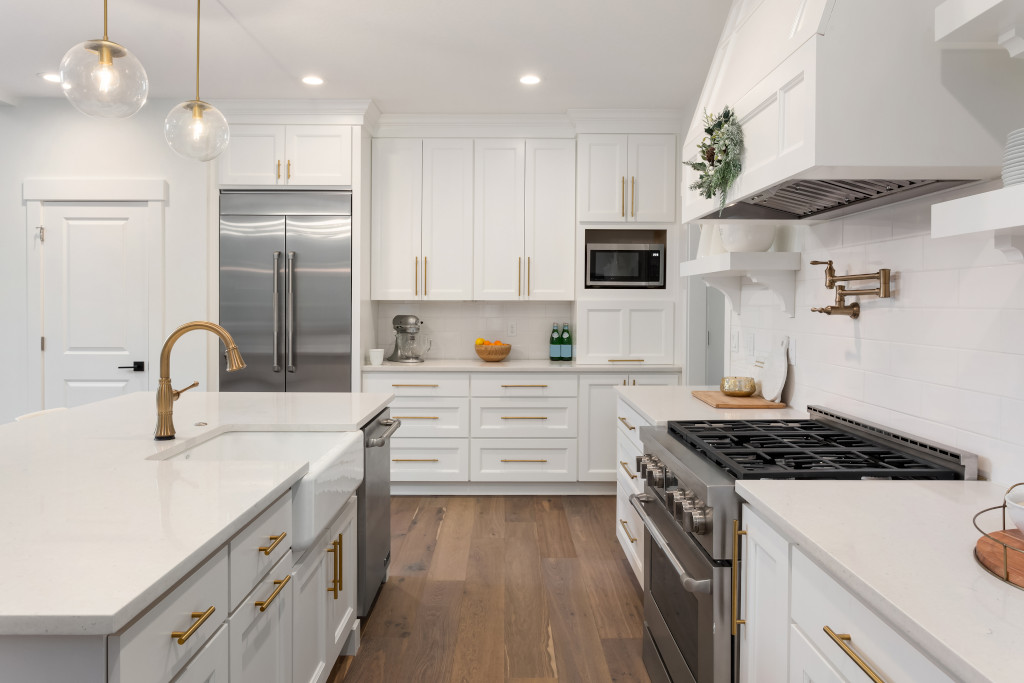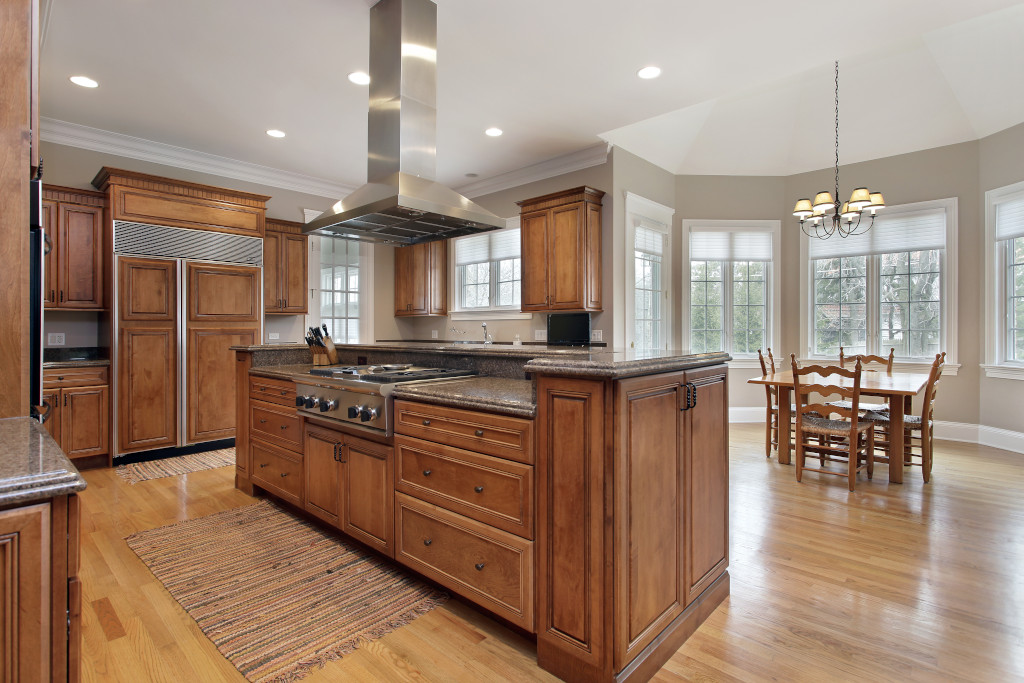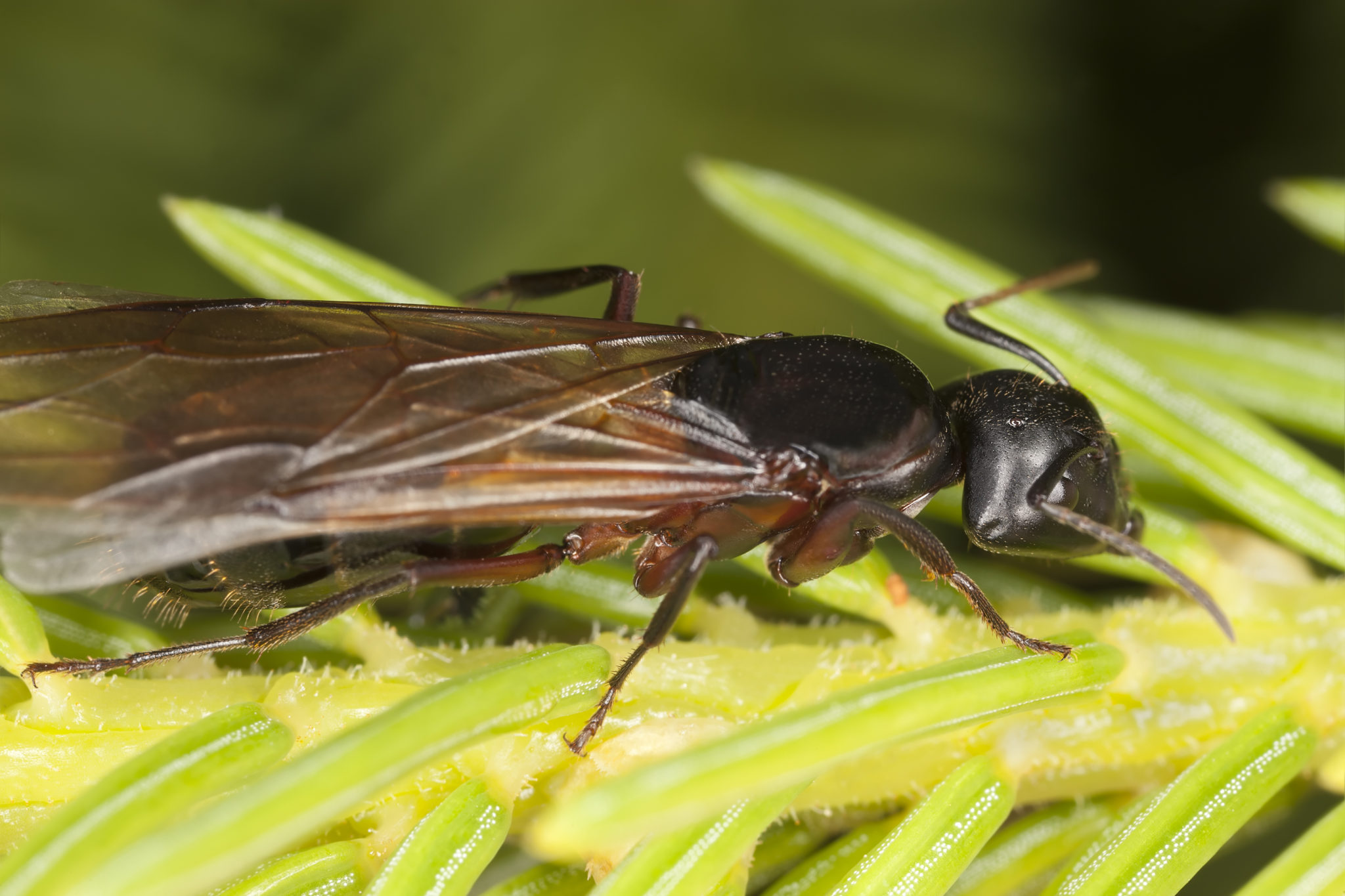Snow in summer plants grow all year long and can be seen blooming during the hottest months of summer. They provide an excellent opportunity for families to bond over gardening while enjoying the lovely flowers that make up these unique winter-themed gardens.
This article will discuss the Snow in Summer plan in more detail, give you tips on growing it, and answer the most frequently asked questions when it comes to caring for a Snow In Summer Plant.
Here’s all you need to know.
What is a Snow in Summer Plant?
Snow in Summer plants is a hybrid plant that is native to tropical areas. They grow during the summer months, but they resemble snowmen and other winter-related objects. These plants can be seen blooming all year round. Snow In Summer plants can be purchased from many different retailers including home improvement stores like Lowes or Home Depot, garden centers, and nurseries.

Image Credit: http://plantcaretoday.com
How to care for snow in summer plants
Snow in summer plants is quite low maintenance. All you need to do is to water them every few weeks, preferably with distilled water. However, if your tap water is filtered or purified, you can also use it for this purpose. If you notice that the soil around these plants is dry, then go ahead and add some more.
They should receive at least some direct sunlight; although they can tolerate partial shade, they will produce fewer flowers when placed in the latter location. You must place these plants on flat surfaces like patios or decks rather than planting them on hillsides or rocky areas where the roots may come under attack from erosion by rainwater runoff
If you follow these guidelines, you will be rewarded handsomely with lovely flowers. These plants also make excellent gifts and may be found packaged in decorative containers at supermarkets and garden centers during the summer months
The benefits of growing snow in summer plants
If you would like to spend time together as a family member or friend group planting your own unique “snowman”, then this can be an excellent activity for getting everyone involved. It’s useful too if you want to use these plants as a way of decorating your home or office.
If this sounds like something that suits your taste and interests, then you may want to consider purchasing one or more of these plants for your outdoor space. Once the weather starts to cool, they will return underground and survive until warmer conditions return in the springtime.
Snow In Summer plants also help the environment: They provide habitats for local birds and animals, attract butterflies and bees and produce oxygen that can be used by humans. When you care for them properly, keeping them watered, and using organic fertilizers that won’t pollute waterways or soil, then these plants can be an excellent addition to any garden section.
Snow In Summer Plant – FAQ
Where can I purchase one or more snow in summer plants from?
Snow in summer plants can be purchased from many different retailers including home improvement stores like Lowes or Home Depot, garden centers, and nurseries.

Final thoughts on How to grow snow in summer plants
In conclusion, it is possible to grow snow in summer plants. Some people leave the plant in its pot, while some prefer to transfer it into another container. It is also possible to grow snow in summer plants just by moving the plant outside during wintertime. Whatever way you choose is fine as long as the plant gets enough light for a certain length of time.
Finally, if you’d like to learn more about gardens check out our articles on how to plant roses and how to prune tomato plants for more information.
The post How to Grow Snow in Summer Plants appeared first on Kitchen Infinity.









